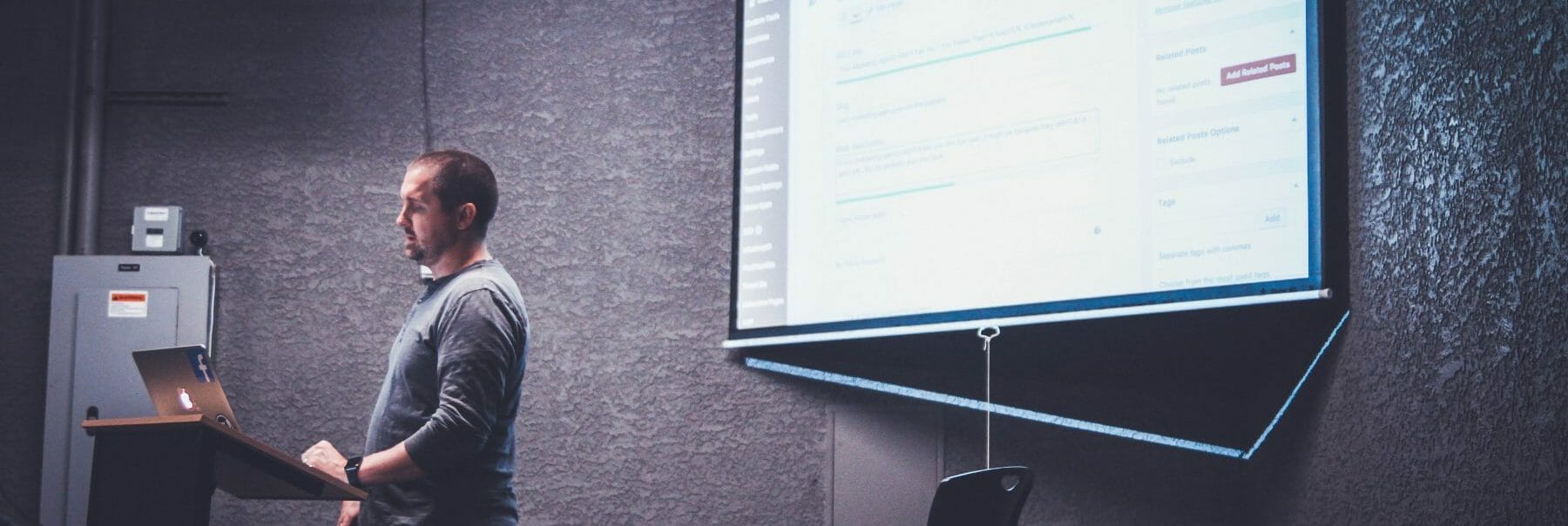
Articles
K-12
5 Edtech Takeaways from Houghton Mifflin Harcourt Report on Teacher Confidence
By Henry Kronk
November 27, 2018
For the past four years, Houghton Mifflin Harcourt, one of the world’s largest education publishers and service providers, has surveyed K-12 American teachers to get a lay of the land from an educators’ perspective. The fourth annual HMH Educator Confidence Report was published on Tuesday and reveals more than a few insights on the current benefits and detriments of edtech in the classroom.
The report was conducted with help from YouGov, a data analytics and market research firm. In all, surveyors reached 1,200 teachers and administrators. Teachers are generally feeling more optimistic about their profession than they have in the past. In general, the forecast appears sunny. Over half—53%—generally feel good and hopeful about the work they’re doing. That might not seem great, but in 2015, when the first survey was conducted, just 25% responded in the affirmative to the same question.
The following mark 5 takeaways on edtech from the report.
1. Confidence in the use and impact of edtech remains consistent.
There will always be teachers at the head of the pack in terms of technology use and adoption. Likewise, there will always be those who feel left behind. Since Houghton Mifflin Harcourt began their survey, however, over half of teachers surveyed remain ‘extremely confident’ or ‘very confident’ in the tech they put to work. The figure rose to 62% of respondents in 2017 but corrected to 58% with the current report.
What’s more, this phenomenon appears to be generational. The fewer years of teaching experience a respondent had, the higher the degree of confidence they reported. Among those who had taught for fewer than 10 years, nearly two thirds reported confidence.
2. Teachers are using more digital tools.
Over the years, the survey has asked teachers about the use of 13 different digital tools in the classroom. Of the 13, nine saw an uptick in use this year, often by a margin of roughly 10%. The largest gains were found in the use of learning management systems, resources (free or paid) shared by professional communities, “practice work / apps / websites / digital games,” and free or open-source resources.
Meanwhile, tools like online assessment, digital communication tools, white board use, and social media/online communities specifically for student learning held steady. No use of any technology decreased.
3. 4 in 5 teachers put social media to work.
A full 80% of teachers use social media tools and platforms to explore teaching and instructional content. 74% use it to communicate with students’ families and 72% interact with other teachers socially online.
Platforms and tools can range from basic email to more general sites like Facebook and Twitter, to specialized providers like ClassDojo and Khan Academy.
4. Most educators see a benefit in the use of edtech.
A full 96% of respondents said they had realized some benefit of using education technology. Benefits include increased student engagement, increased flexibility to learn/teach anywhere, increased collaboration, and improved achievement.
5. Technology empowers teachers.
Roughly 6 in 10 respondents agreed with the statement, while an additional 18% ‘strongly agreed.’ But at the same time, most also say that teachers and administrators have yet to realize the potential that edtech offers.
Houghton Mifflin Harcourt included another related question, which might lead to another point of note. The survey asked how teachers would spend time if edtech made their work more efficient and saved them some extra hours. A more compelling question might be: Does edtech save you time? Many technology solutions certainly promise to save teachers and professionals in many other fields much needed time.
Earlier this month, the New Yorker published an article written by surgeon Atul Gawande, “Why Doctors Hate Their Computers.” The article details how, in the advent of the digital age, most doctors suddenly need to spend many more hours per week logging and processing information digitally. While it provides numerous benefits to patients, it adds a significant amount to doctors’ already heaping plates. The phrasing of Houghton Mifflin Harcourt’s question suggests that the same might be true for teachers. This might be a fruitful area of inquiry going forward.
“The fourth annual HMH Educator Confidence confirms what we have always known and what we consider to be core to our learning company ethos: that nothing is more important than the teacher-student relationship,” said Jack Lynch, President and CEO, HMH, in a statment. “It’s critical that we listen to educators, and the issues that are most important to them. This data brings us closer to those we serve and deepens our understanding of how we can partner with, advocate for and support educators in our shared goal of improving student outcomes for all learners.”
Find the full report here.
Featured Image: NeONBRAND, Unsplash.









No Comments